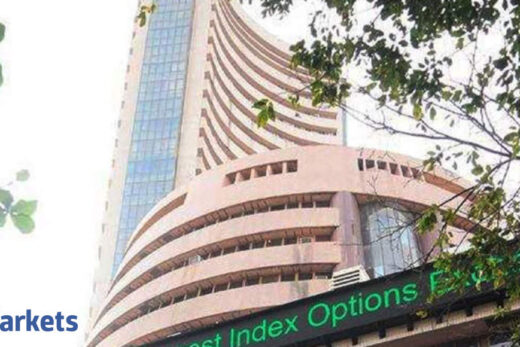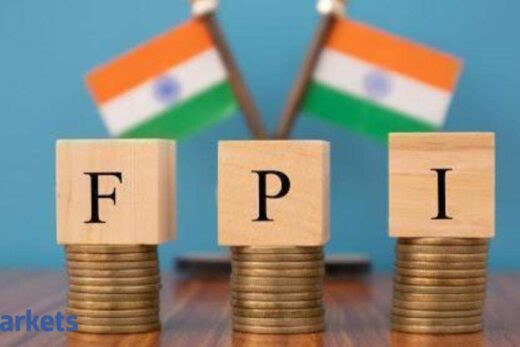Two-wheelers is something that a lot of people consider as a barometer of the rural economy. What is your reading of how things are? They seemed to have lagged in the recent past. Is that a sign of things to come for this festive season?
Two-wheeler is probably one of the segments which has been showing some weakness since the past few months. There are two reasons why rural has more impact and this product is primarily a rural product. So the two impacts coming in since the last six to eight months is the price increase over every quarter and roughly 2.5% kind of a price hike witnessed in the segment.
In this segment, consumers are very price sensitive. That is one part and that has been impacting the demand. Secondly, till the end of September, there was an uneven monsoon. Initially, there was a huge deficit. Later on, there was excess rainfall in many places. So, this was not favourable for the rural economy in this season which has also impacted rural consumption for two-wheelers as well as tractors. This is visible in tractor sales and that has been declining in double digits since the last two, three months. That is why we believe that the festive season for two wheelers may not be as great as it was last year.
A lot of automotive companies have had to deal with commodity inflation pressure. A few of them have managed to pass it on to a certain extent to customers in price sensitive spaces. Over the course of the rest of this year, could there be some scrimping of margins for the automotive companies?
The segment is price sensitive but there is demand for the high end products particularly high end XUVs while entry level cars and two-wheelers are facing challenges. So, even in entry level cars, price increase is not so easy and that would be probably seen in Maruti’s results also in terms of lower margins.
But in terms of many other high end products, even in two-wheelers, people are relatively better placed in terms of price hike and that is visible in few of the results. For example, yesterday RK Forging reported results wherein sales were quite lower compared to last year. This indicates that these people have a decent pricing power and particularly in an environment of supply constraints, the manufacturer has the power to pass on this commodity cost inflation which was very sharp during the last few months.
So, probably in Q4 and Q1, they could not pass on the price hikes completely but in a phased manner, by the end of Q2, the majority of the cost inflation was already passed on. Now, if any further price increase happens on the steel or aluminium side, then we have to see whether they will be able to do so in the coming festival season or not but so far we are comfortable in terms of these companies passing on cost escalation barring a few entry level vehicles.



